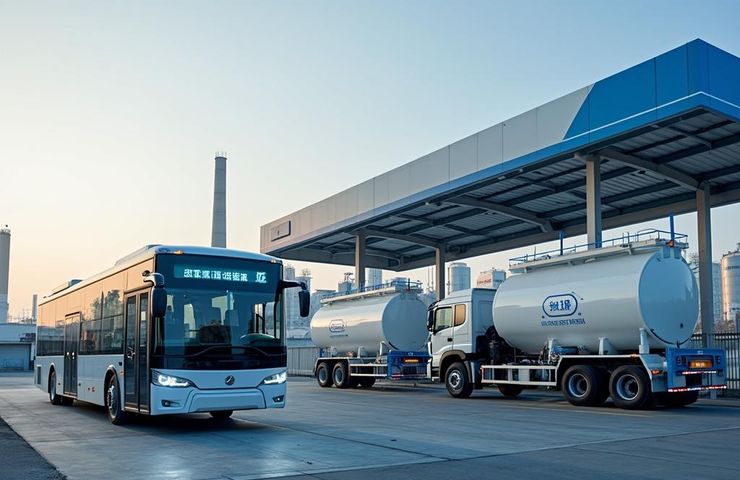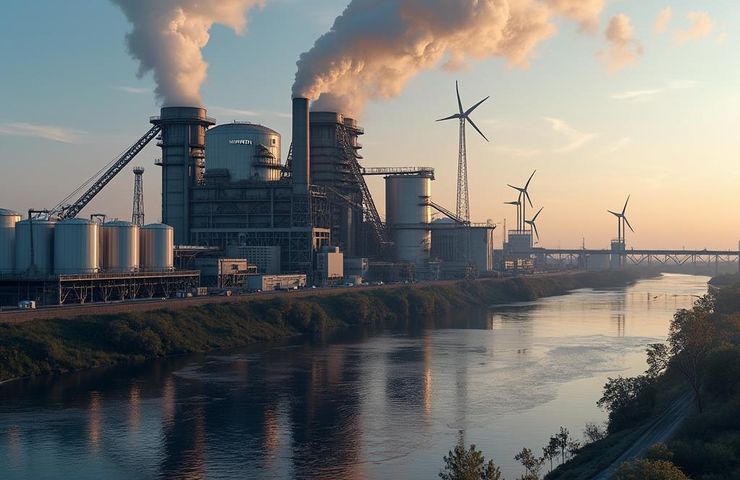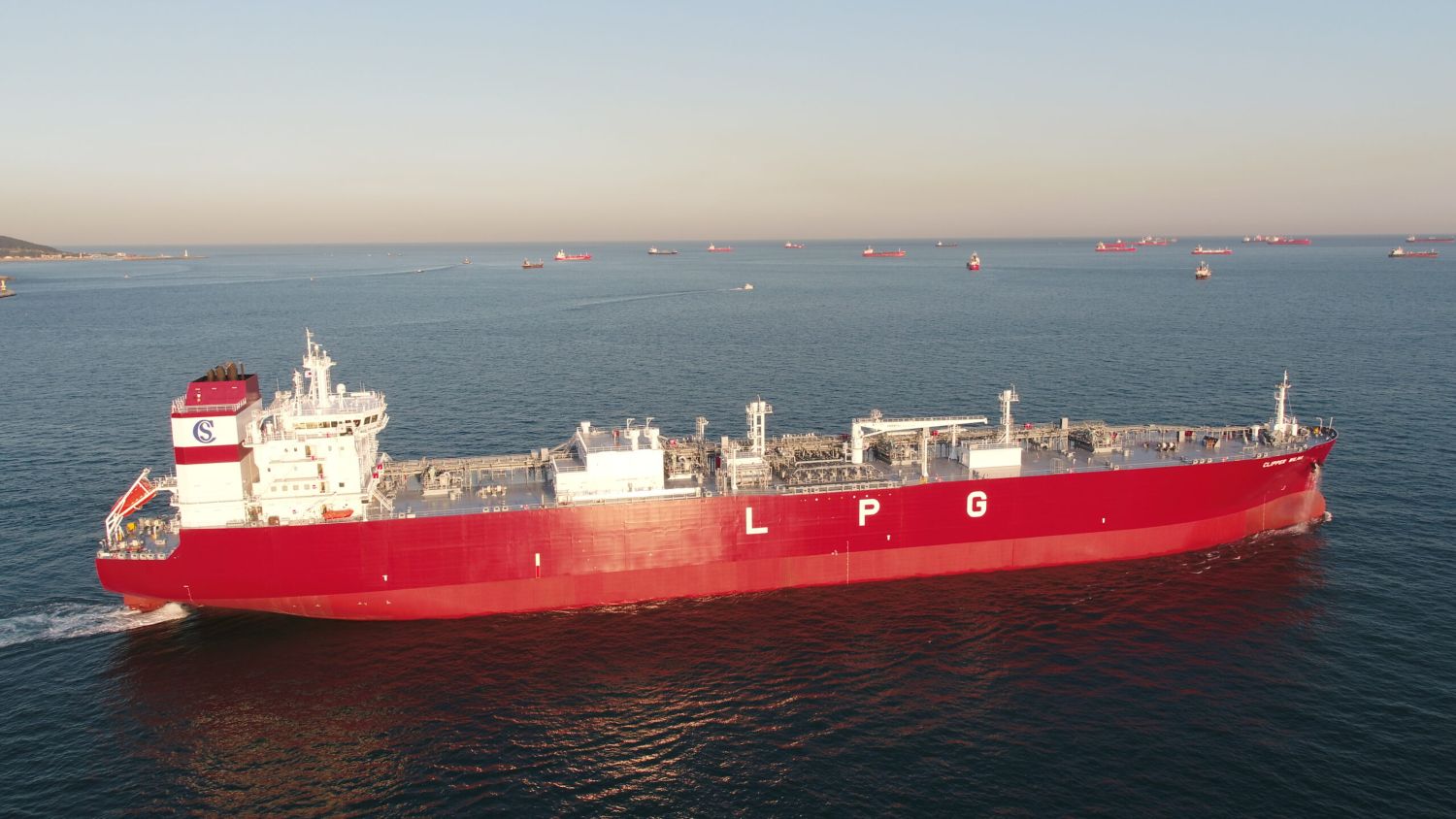What the Offshore Wind Action Plan Really Means for Wales
The Offshore Wind Task and Finish Group Action Plan 2025–26 is the most focused attempt yet to translate Wales’s floating and fixed offshore wind ambitions into a time-bound programme of delivery. This is not a vision document. It is a structured action plan with dates, responsible parties and interdependencies. Below is a factual breakdown of […] The post What the Offshore Wind Action Plan Really Means for Wales appeared first on Marine Energy Wales.


The Offshore Wind Task and Finish Group Action Plan 2025–26 is the most focused attempt yet to translate Wales’s floating and fixed offshore wind ambitions into a time-bound programme of delivery.
This is not a vision document. It is a structured action plan with dates, responsible parties and interdependencies. Below is a factual breakdown of what the plan sets out to do, and what it will mean for every part of the marine energy value chain.
The Prize
The plan opens with a clear value proposition.
- Up to £32 billion in economic potential from Welsh offshore wind.
- An initial 4.5 GW of Celtic Sea FLOW could support 4,200 jobs and £1.4 billion GVA by 2035.
- The current UK pipeline of 15 GW has already delivered £21.2 million into the Welsh economy.
- The Crown Estate projects that the first three commercial FLOW projects could generate £1.4 billion per year and 5,000 jobs across the UK.
1. Market Confidence for Developers
- Future leasing visibility: Welsh Government is calling for a clear timetable for leasing beyond Round 5, including deep-water fixed wind sites.
- Round 5 Forum (Autumn 2025): A regular convening of lease winners, governments and agencies to maintain delivery momentum.
- Contracts for Difference alignment: The Welsh Government will lobby for Allocation Round 7 (2025–26) to support viable strike prices for both floating and fixed projects, and to incorporate Clean Industry Bonus criteria.
What this means: Developers gain earlier visibility of revenue models and grid access, improving bid confidence and reducing financial exposure.
2. Planning, Permitting and Grid Coordination
- Consenting resource blueprint by July 2025: A system-wide assessment of regulatory capacity and funding requirements, including service level agreements for response times.
- Mandatory “meet-the-regulator” sessions at project inception: These will define evidence thresholds and reduce delays.
- Strategic grid coordination: Ongoing engagement with NESO to align grid planning (CSNP, SSEP) with marine spatial priorities.
What this means: Clearer consent pathways, better data expectations, and a more coordinated approach to grid availability.
3. Capital and Finance
- Utilisation-linked financial products: Welsh Government, DESNZ and the Green Finance Institute will pilot recoverable grants for early-stage project design, and bridging loans from the National Wealth Fund for port upgrades.
- Gap analysis (June to November 2025): This will identify specific financial barriers across ports, manufacturers and Tier 1 contractors.
- Highlighted sources of capital:
- £400 million Crown Estate supply chain fund
- £300 million GB Energy investment programme
What this means: The first public-sector offer of risk-sharing capital for critical infrastructure in the Welsh offshore wind supply chain.
4. Ports
- Welsh Ports Prospectus (Summer 2025): This will provide technical specifications and phasing for port development at Mostyn, Holyhead, Pembroke and Port Talbot.
- Target for FLOW test and demonstration integration at a Welsh port by Summer 2026
- Lease conditions for port usage: Developers will be required to identify ports within their bids, improving investment certainty.
What this means: Ports move from passive infrastructure to strategic assets with stronger demand signals and investment clarity.
5. Technology and Innovation
- Welsh Government will bid to host UK-funded test facilities, including WinDD and ATTI, and expand existing assets such as META and MEECE.
- Support for FLOW test and demonstration projects in CfD Allocation Round 7 is a stated priority.
What this means: A pathway for prototype validation and near-term investment in R&D infrastructure.
6. Supply Chain and Clusters
- Wales has 1,830 marine-energy-relevant firms, 63 percent of which are micro or small enterprises. 98 percent want to enter the offshore wind market.
- Key actions:
- Attracting a major Tier 1 or EPCI contractor
- Increasing the number of Clean Industry Bonus-accredited suppliers
- Hosting targeted supply chain development sessions after Round 5 results are announced
- The Crown Estate’s Supply Chain Accelerator has already backed four Welsh projects, with a second round pending.
What this means: A stronger support structure for local firms to compete and deliver into global supply chains.
7. Skills and Workforce
- A new Offshore Wind Skills Delivery Partnership will be established, building on the Net Zero Skills Action Plan.
- Regional hubs in Rhyl, Pembrokeshire and Neath Port Talbot will coordinate further and higher education efforts.
- Priorities include:
- Early visibility of project pipelines for colleges
- Flexible funding for niche training provision
- National labour market intelligence to inform course design
What this means: Targeted support for workforce development, with a clear mandate for regional collaboration.
8. Materials and Foundations
- The action plan calls for the UK Government’s forthcoming Steel Strategy to support Port Talbot as an integrated steel-to-foundation hub.
- Opportunities for concrete foundations in both North and South Wales are highlighted.
What this means: A call for joined-up industrial strategy across materials, manufacturing and clean energy.
9. Delivery and Accountability
- A new Offshore Wind Implementation Team will be embedded within Welsh Government to track delivery through to December 2026.
- Milestones and progress will be published for public scrutiny.
Summary for Industry
The plan offers:
- Developers: More predictable timelines, stronger coordination, and clearer market signals
- Technology developers: Expanded access to test sites and innovation capital
- Academic and skills providers: Funding alignment and co-design opportunities with industry
- Ports and supply chain firms: Blended public finance and clearer demand pathways
The plan’s strength lies in its focus on execution. But two factors remain beyond Cardiff’s direct control:
- Whether Allocation Round 7 delivers bankable CfD terms for floating wind
- Whether DESNZ moves fast enough to roll out new port finance mechanisms
If these two levers are pulled, the rest of the programme is well positioned to move from plan to progress.
The post What the Offshore Wind Action Plan Really Means for Wales appeared first on Marine Energy Wales.
What's Your Reaction?


























































